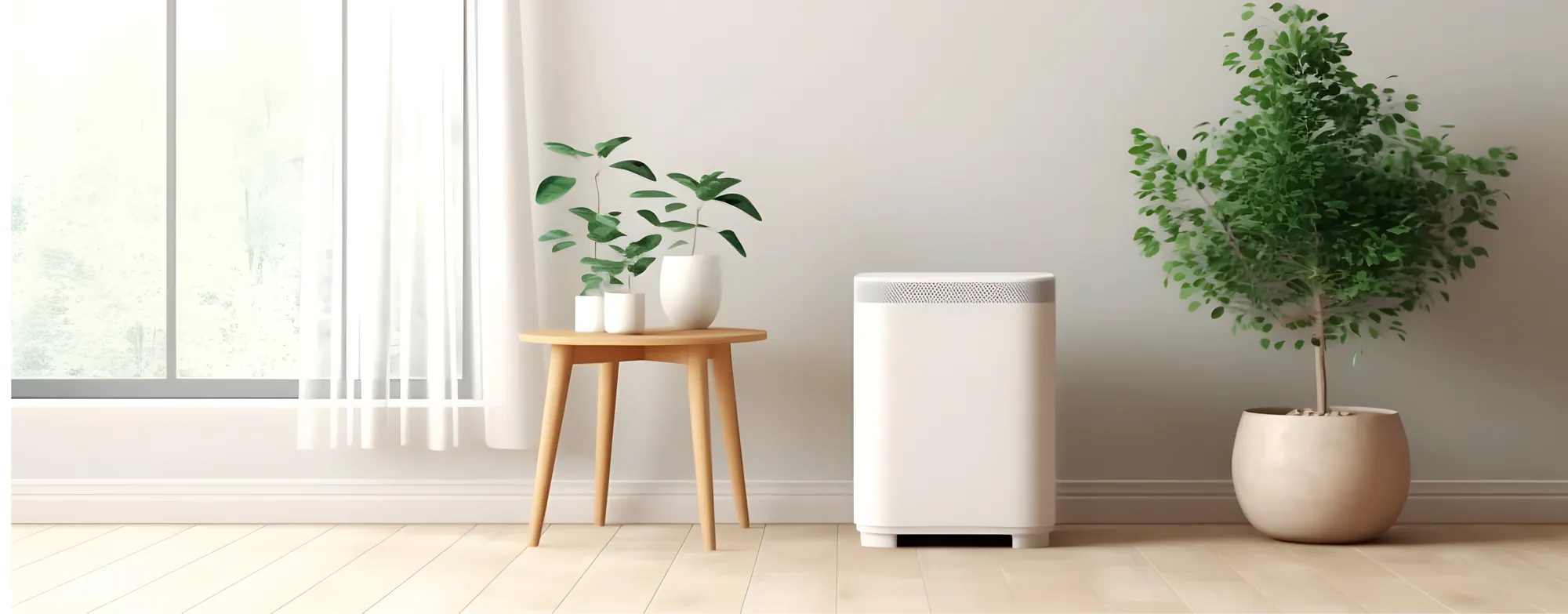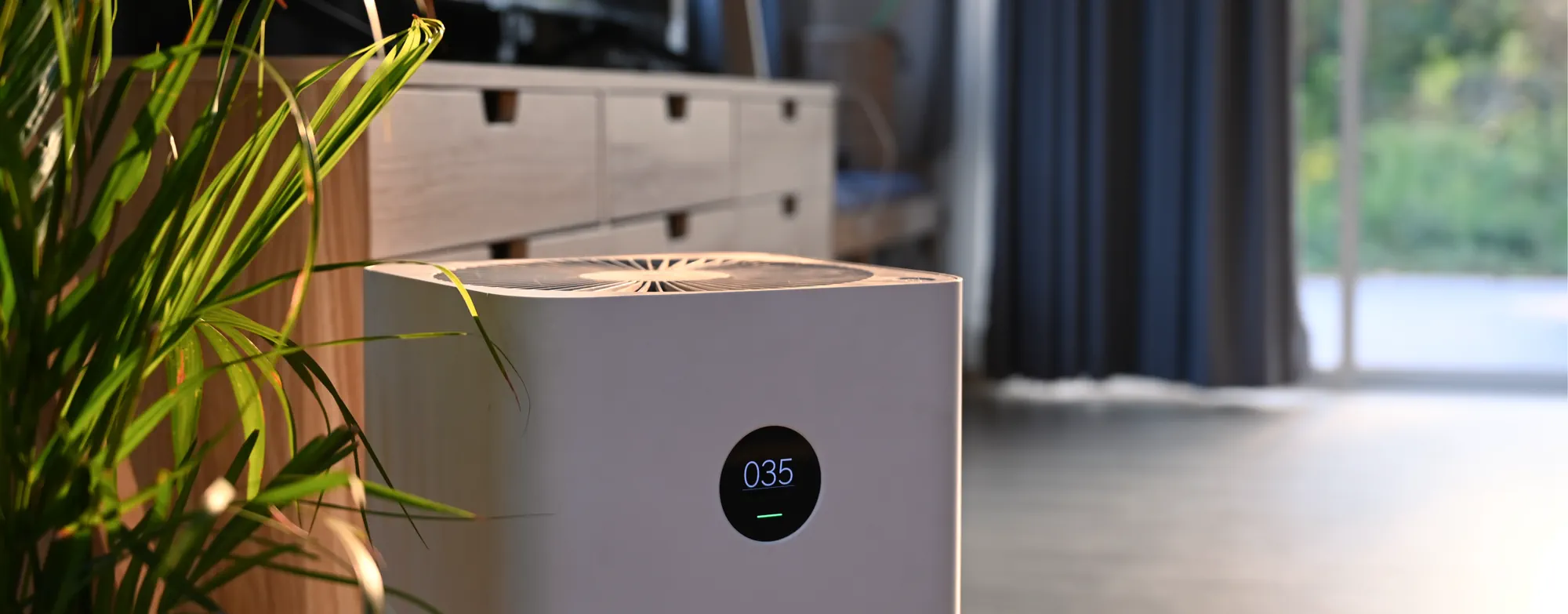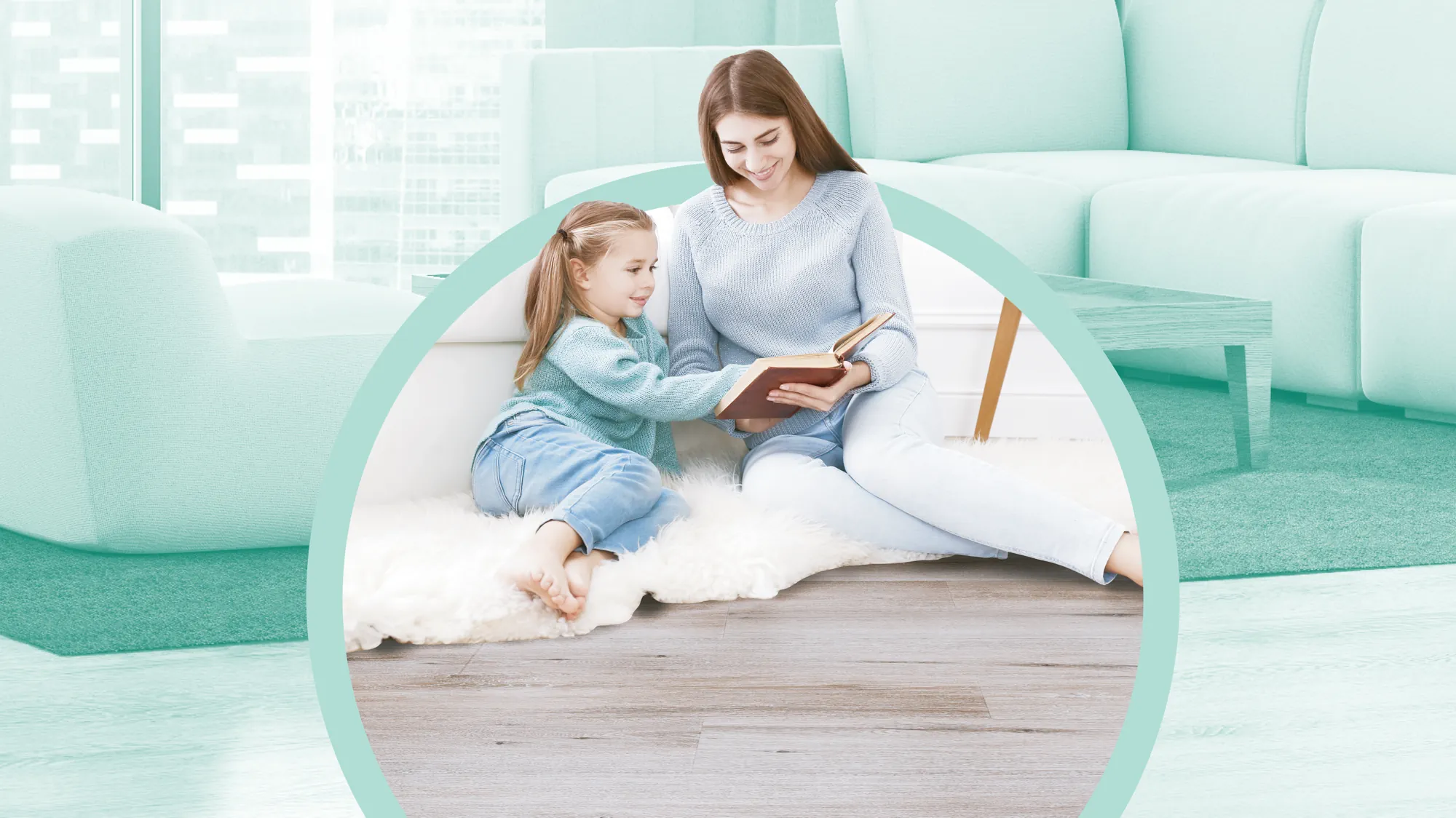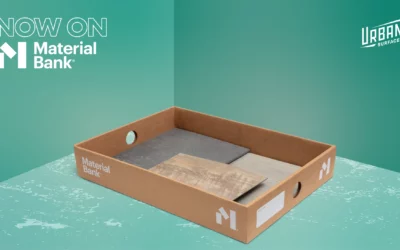If you want your occupants to feel they’re getting the best value for their money, they need to feel like you care for their well-being. If they feel like you are cutting corners, their perceived value and your returns will be in jeopardy. A great way to show your tenants that you care is to go the extra mile in protecting their health. Often, people don’t consider the health effects of the air they breathe.
In 1983, the World Health Organization began using the name “Sick Building Syndrome” to describe an illness that could affect the occupants of a building. Fatigue, headaches, and respiratory symptoms such as coughing were associated with SBS. The causes were determined to be low-quality air, poor lighting, and traffic noise.
While noise pollution and poor lighting can certainly affect someone’s quality of life, indoor air quality or IAQ can undoubtedly do the most damage to a person’s health.

Indoor Air Quality and Our Health
If you’ve ever been in a very dusty room or burned something while cooking, you already know that even seemingly small changes to the air in a room can affect your ability to breathe comfortably. What’s worse is the effects of things in the air we breathe that we may not even notice.
Thanks to medical science, it’s now common knowledge that asbestos is a harmful substance that can cause cancer with prolonged exposure. Asbestos is just one example of the many air pollutants that may be found in an environment. Yes, even still.
Another especially dangerous indoor air pollutant is carbon monoxide or CO. CO is also known as “the silent killer” because it can result in death before a person even realizes it’s present. You can’t see, smell, taste, or feel it. It’s such a serious issue that the majority of US states have laws requiring CO detectors in private dwellings. CO detectors are another way that medical science is saving lives through awareness of air-quality issues.
VOCs (volatile organic compounds) are gases released by certain substances found throughout a space. Common VOC emitters include things such as paints, adhesives, sprays, and building materials. Not all VOCs are harmful, but some have effects that can range from mild discomfort to serious health issues, and the effects can be more severe when someone is exposed to large amounts for prolonged periods.
There are also things in the air we breathe that affect our comfort or abilities with no discernible effect on our long-term health. Again, you may not even realize these effects are being caused by the air you’re breathing.
Allergens take the form of dust, dander, pollen, mold, and more. These substances can cause substantial physical discomfort in the form of allergic reactions. Carbon dioxide or CO2 (not to be confused with carbon monoxide/CO) is what we breathe out, and it can actually cause tiredness and reduced cognitive functioning in poorly ventilated spaces.
Keeping Indoor Air Clean
There are several ways to keep the indoor air of a building clean, and some are very easy and affordable.

Ventilation
Unless your building is in an area with a lot of outdoor air pollution, good ventilation is the best way to keep the air in the building clean. Simply opening windows and doors when possible can make a big difference. If you are concerned about allergens or pollution in the outdoor air, you can set the building’s HVAC system to fan only. Just make sure the filter is clean and installed properly.
The use of air purifiers can help in smaller spaces, such as private offices and lobbies. Check out this list of the best air purifiers of 2023. You can also make your own surprisingly effective and affordable air purifier known as a Corsi-Rosenthal Box.
Prevention
To keep indoor air its cleanest, you need to remove anything that could be affecting the air quality negatively. If your building was built before 1980, you should hire an asbestos inspector and follow all abatement recommendations. Cleaning your space regularly to remove dust and contaminants is important, but also avoid the use of overly strong cleaning chemicals. Avoid the use of anything strongly fragrant, such as air fresheners, incense, and bug repellant.
Any construction materials used in a building should be free of harmful VOCs. All of Urban Surfaces’ flooring is FloorScore certified and free of harmful VOCs and phthalates.
Detection
In addition to smoke detectors, you should have carbon monoxide detectors installed in your spaces. Some monoxide detectors even have gas detection built in as well. The best option is to use smart detectors that integrate with a security system and can alert staff or emergency services when necessary.
For keeping track of the other things that affect IAQ, such as CO2, VOCs, particulate matter, and more, there are many affordable choices for IAQ monitoring devices.
A Sigh of Relief
Is your flooring looking a little suspect? Do you know what it’s made of? If you’re ready to get a FloorScore-certified floor that will have your tenants breathing easier, contact your Urban Surfaces representative today.

- The Pros and Cons of Office-to-Residential Conversions - July 3, 2024
- See This Senior Center Transformed by InstaGrip - June 28, 2024
- Urban Surfaces Will Be Closed for Memorial Day - May 24, 2024






